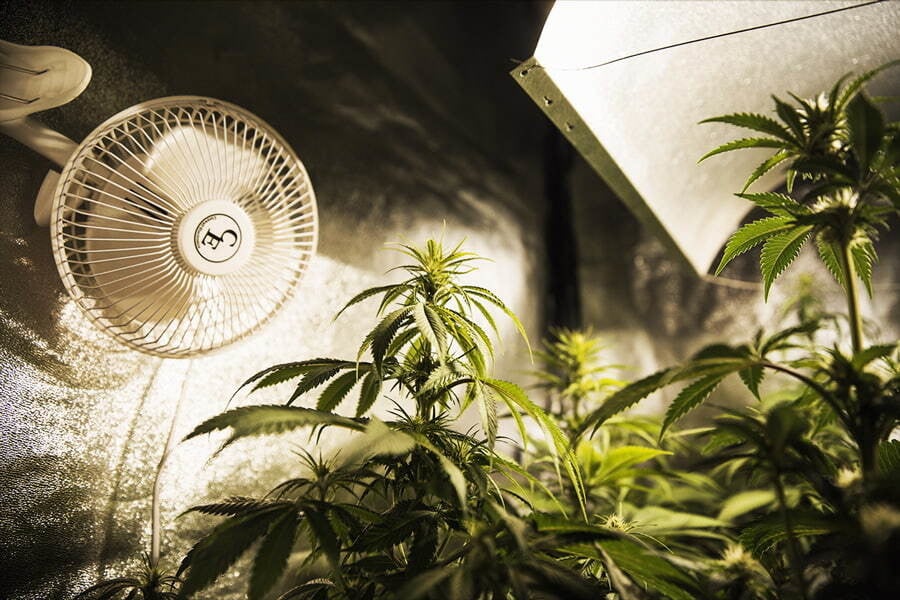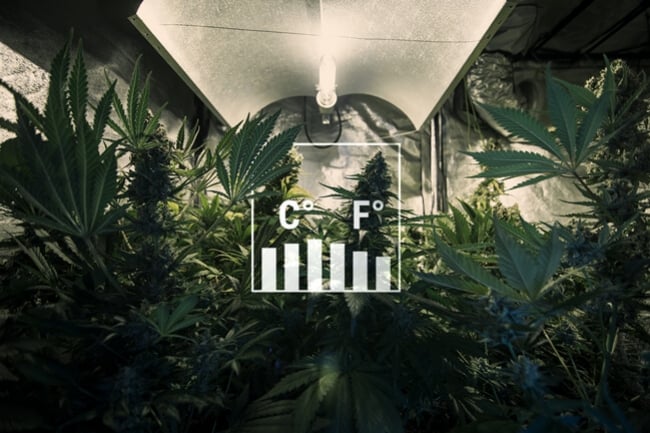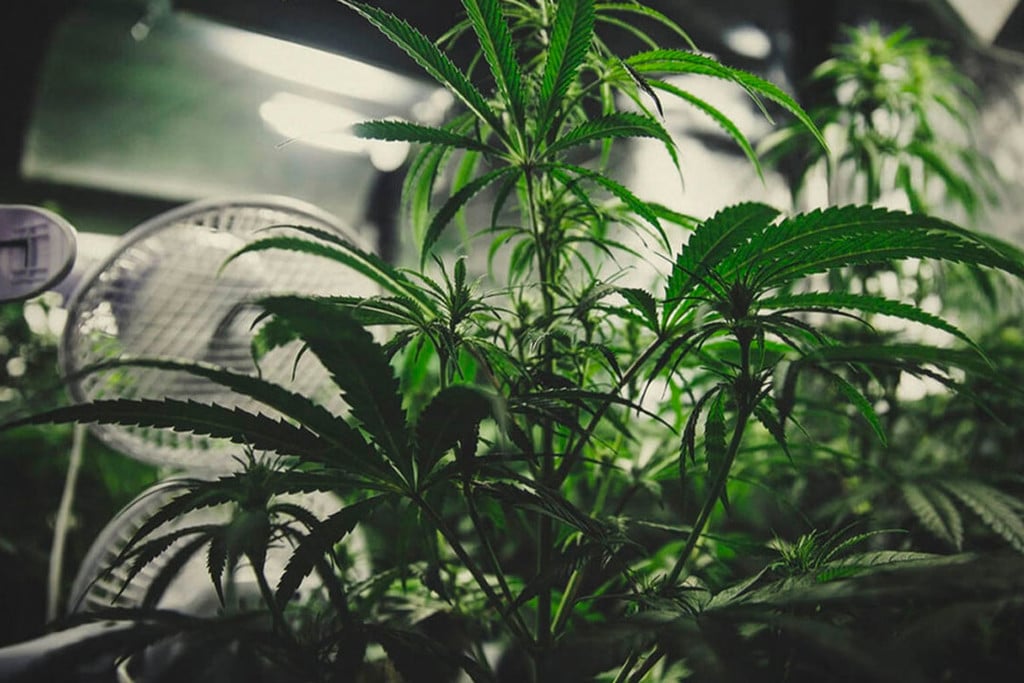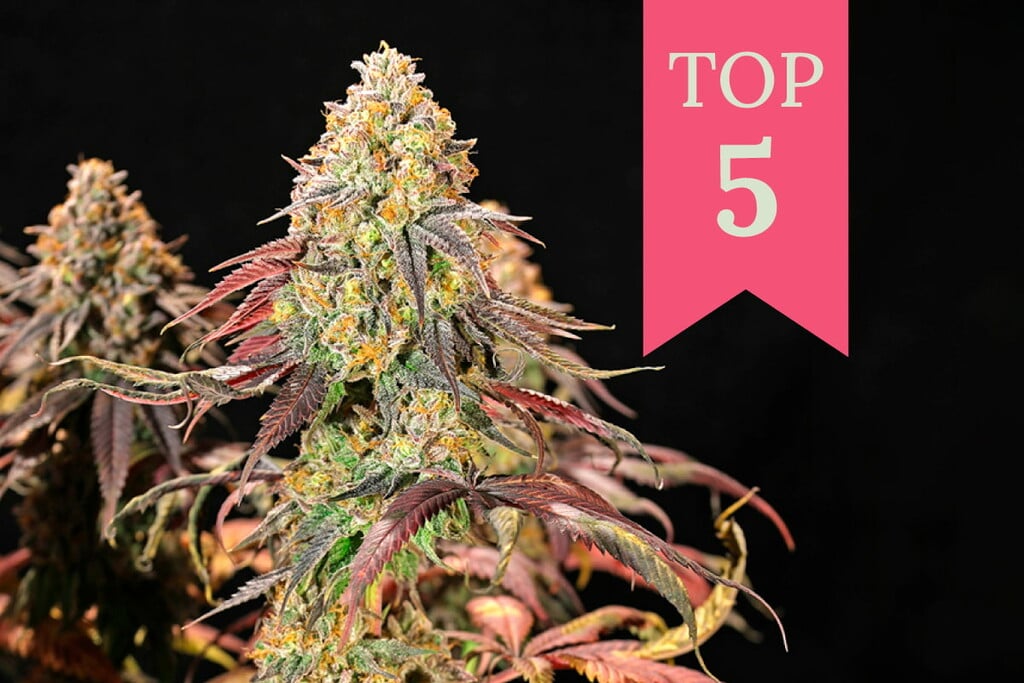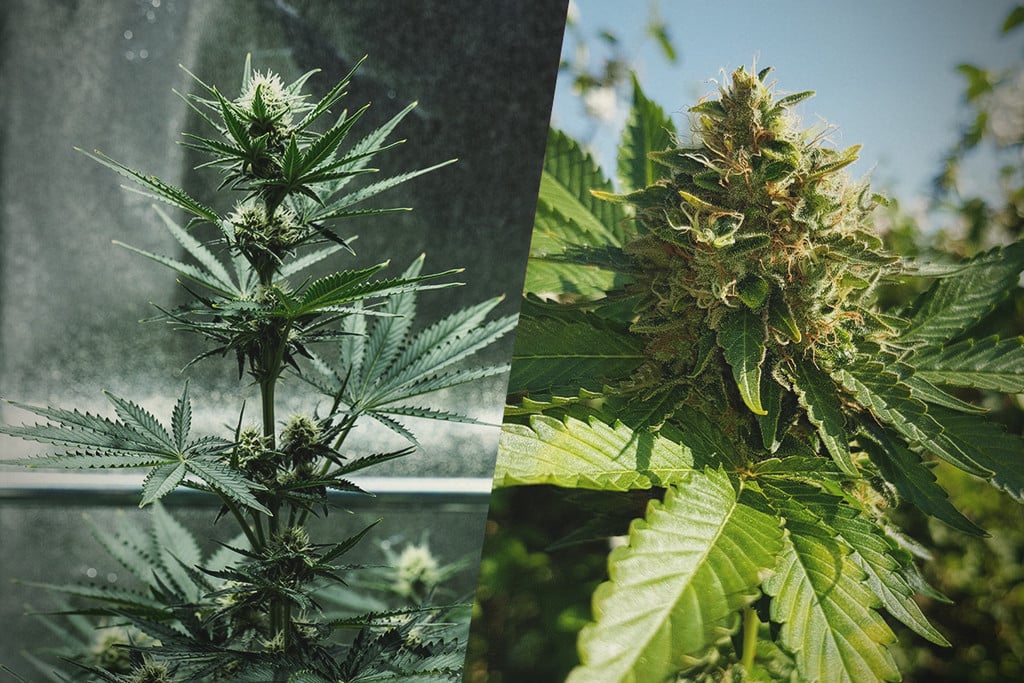.
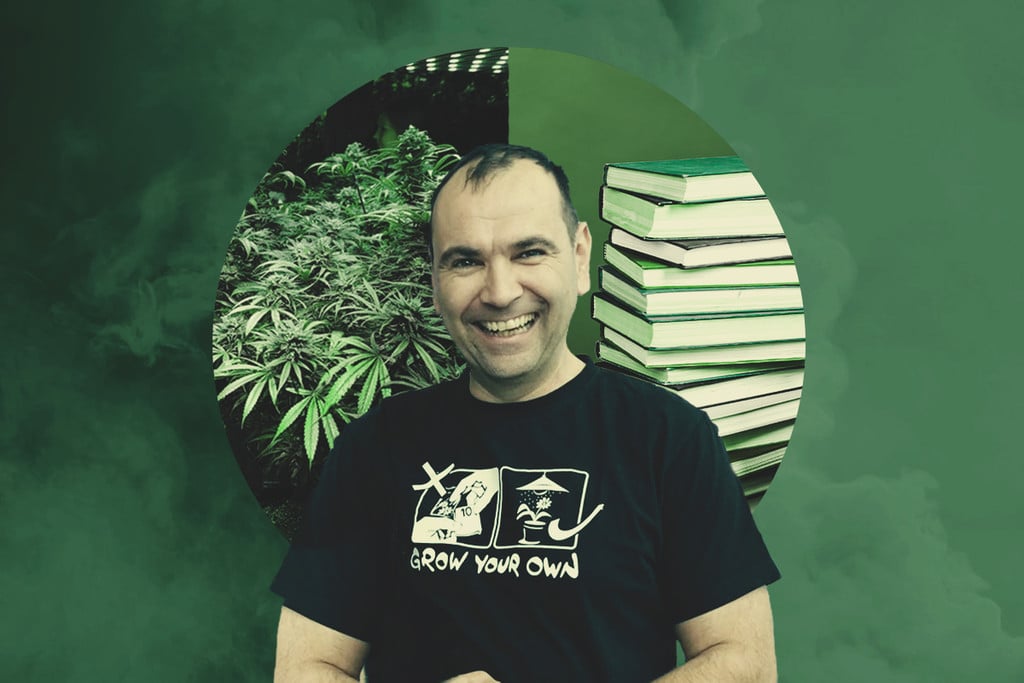
RQS Interviews — Mr. José Shares Key Tips for Growing Indoors
Celebrated cannabis author and grower Mr. José provides insight into the world of home cultivation. Learn which LEDs to choose, what mistakes to avoid, and how many plants to grow per square metre.
At Royal Queen Seeds, we are constantly on the lookout for the best information and knowledge about cannabis. In our interviews, we talk to figures from all over the cannabis industry. Today, we have the pleasure of speaking with Mr.José.
<< My pseudonym is Mr. José—I’ve grown weed since the early ’90s, and I currently live in the Czech Republic, where I work as an author and grower in an experimental cannabis growing facility. I’ve been writing books and articles about cannabis growing since 2010. Today, my book has been translated into six languages, and I collaborate with several cannabis magazines across Europe—Soft Secrets, Grow! Magazine, HighWay, Legalizace, etc. You can find me on Instagram at @mrjose.eu and see more on my website www.mrjose.eu. >>
|
(Listen to it in Spotify and Apple Podcast) |
|---|
| Listen to it in Spotify and Apple Podcast |
|
In addition to our Podcast Interview with Mr. José. ✍️ |
|---|
| In addition to our Podcast Interview with Mr. José. ✍️ We’ve done an exclusive Q&A about Growing Indoors to get some advice for our readers. You can find Mr. José’s insights below! |
1. Which type of light would you choose for the growth and flowering periods—LED or HPS?
Both technologies have their pros and cons. I mostly use LED for production, but for mothers I use metal halide or ceramic metal halide lamps. High-quality HID lamps are still cheaper than high-quality LED, so for mothers it is a more economical solution—with great results from my point of view. The production area is usually much bigger, and you can cut expenses considerably on electricity with LED. I do prefer dimmable, passively cooled LED lights with uniform light distribution and higher IP protection.
2. What would you choose in an LED system: full-spectrum (white light) or red/blue spectrum?
I think full-spectrum lights have lots of benefits and show that LED technology is capable of fulfilling essentially every demand. Anyway, I believe the best method is to focus on providing a light spectrum that can be 100% used by plants during a particular period of the grow cycle.
There are some parts of the light spectrum that don’t really influence plants. If you don’t waste energy and money on providing a suboptimal light spectrum, you can be more effective. But, honestly, we haven’t yet uncovered all the connections between plant development and light source. Full-spectrum fixtures provide assurance that your plants receive the same light they’d get from the sun. Other fixtures try to focus on light we know for sure positively influences a plant’s growth.
3. Which N-P-K ratio and micronutrients do you recommend for growth and flowering?
In my opinion, for most growers it is essential to use fertilisers and growing media made for cannabis. In the case of hydroponic systems, water quality plays a crucial role. If I don’t know what elements the plant needs to grow and thrive in general, it makes no sense to focus on the nutrient ratio of fertilisers. If you use soil, fertilisers, and growing methods specifically suited to cannabis, you can reach a successful harvest very easily.
Nitrogen, as everybody knows, is most important from the veg phase to the mid-flower phase. Closer to harvest, we need to increase the amount of phosphorus and potassium—elements necessary for flowering and ripening. Calcium and magnesium are also very important for plants, and a lack of either will be visible on plants quite quickly. Regarding microelements—iron, manganese, zinc, boron, copper, and molybdenum should be present. Their exact amount and ratios vary depending on the growing system you opt for, and other factors. Don’t forget to correct pH, which is 5.5–6 in hydroponics and 5.8–6.5 in soil. Proper pH helps plants to absorb macro- and microelements more effectively.
"To keep the smell of dry cannabis away, use hermetic boxes with two-way humidity control. Correct humidity will preserve terpenes and help to achieve a perfect taste and smell."
4. What are the most common mould diseases, and how can we avoid them?
The most common mould diseases are different kinds of Botrytis in maturing buds. The best way to avoid them is to keep air humidity low during the last weeks of flowering. Using air disinfection with UV-C or chlorine could be very helpful, but you have to do it properly to avoid damaging the plants or yourself.
5. Which parts of an indoor grow space are most important to clean to avoid infections?
To avoid infections, it is necessary to keep everything clean in your grow room during the entire grow cycle. Dust, dead leaves, and water on the ground or walls mean a big risk of disease. Disinfection of your grow room, pots, vents, reservoirs, and all solid surfaces is very important between grow cycles. You can use agents with natural chlorine, e.g. Purolyt or another disinfecting agent. If you have problems with pests, don’t forget to use some natural insecticides in your grow room between grow cycles.

6. What do you do to keep the cannabis smell away?
To keep the smell inside the grow room, you have to maintain negative pressure at all times and use a carbon filter on the output of your ventilation system. Don’t forget to change the carbon in your filter on a somewhat regular basis—once every one or two years should be enough, but it depends on the volume and how often you grow. Check air output from time to time to ensure your filter is still working properly.
To keep the smell of dry cannabis away, use hermetic boxes with two-way humidity control. Correct humidity will preserve terpenes and help to achieve a perfect taste and smell.
7. How often should we water our plants?
Overwatering is a common mistake, so sometimes it’s better to water less and slowly increase to see how your plants respond. If you're not experienced with gardening at all and you want to avoid overwatering, you can use systems such as DWC or RDWC, or an automatic watering system based on clay pebbles. In these systems, it is technically impossible to overwater. But, I recommend everyone try manual watering. In doing so, you will learn a lot about plant needs, and you'll be more capable of setting up future watering systems, should you try them later down the line.
Growing in light soil mixes or coco, I like to use passive systems such as AutoPot. I mix coco in a 1:1 ratio when using it for AutoPot, or simply use some Light Mix.
Watering frequency depends on air humidity, air temperature, pot volume, medium, and the size of the plants. There is no universal watering schedule. But, if you spend some time with your plants, you will soon understand their needs.
8. How long should we keep our plants in the growth phase?
I prefer a shorter vegetative period, so I switch to flowering between the 5th and 14th day after seedlings or clones are potted. Usually, it’s around 10 days. But, if you have enough space or time for advanced training techniques, you can keep your plants in veg for a month or more. But then you will get monsters! I do not count the time during which seeds sprout and form their first two nodes as the veg stage, as I usually do this in advance when growing from seeds.
9. How many plants should we grow per square metre?
From my point of view, 1–9 plants is optimal. Again, it depends on system choice. For example, DWC is not suitable for the sea of green method, and using rockwool cubes on a planter table is not suitable for large plants. Sometimes, you are limited in the number of plants you can grow by law, so it is better to grow one giant plant per square metre. But, if I want to be very effective, I grow 4–9 plants on this surface.
10. What are the most common mistakes indoor growers make?
I already mentioned overwatering, and as the second-biggest mistake, I would like to mention overfeeding. The worst part of these two issues are their symptoms. When plants receive too much water, the root system doesn’t work properly, nutrients don’t get transported to plants, and leaves start to yellow. But, what do most people do when plants get yellow? They start to water them or add nutrients—both things that make the problem even worse.
Then, people start to search internet forums and try to pair dots and colours of their leaves with leaves on the internet. Weeks ago they didn’t even know boron existed, but, after checking the internet, they are 100% sure this is exactly what their plants need. Based on this new information, they try “proven tricks” to get boron to their plants. But the problem is usually somewhere else.
I will get back to the beginning of our speech—using systems, fertilisers, and growing media made for cannabis is the best way to achieve a spectacular harvest for the absolute majority of growers.


























